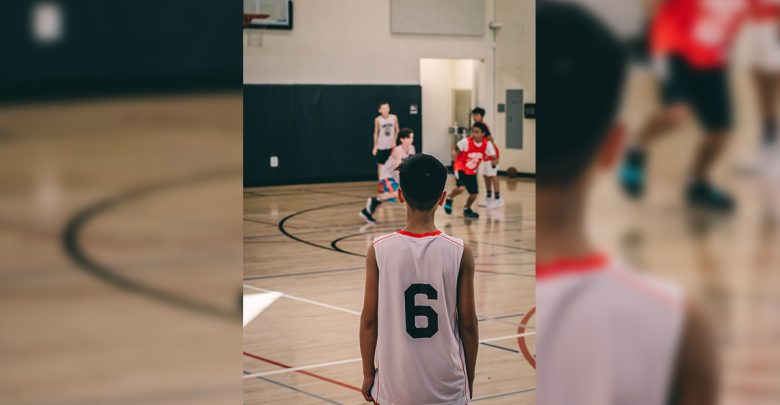 Photo by Channey on Unsplash
Photo by Channey on UnsplashFor anyone who’s felt the sting of being cut from the basketball team or cheer squad, a new future for school sports may be on the horizon. University of Alberta researcher Lauren Sulz is advocating for no-cut policies in school sports. Sulz argues that the countless opportunities to play for a team throughout the year and build teamwork skills far outweighs the single opportunity to “build resiliency” from being cut from the team once.
Having no cuts whatsoever probably won’t happen anytime soon, nor should it. For students who want competition, a system like this would be frustrating because they wouldn’t be truly challenged. But one school seems to have found a happy medium. Kim Hordal-Hwelka, assistant principal at Michael Phair Junior High, told Global News on their Family Matters podcast that her school has a two-tiered system. Every student interested in playing for the school tries out, and from there, everyone is split into a competitive or non-competitive team. Such a system would be the best way to approach school sports, for a number of reasons.
We already know that this system can work, because we have a real-world example: community sports. In community sports, there exists two tiers: recreational leagues and club sports. The recreational tier exists for those who want to play without being under tons of pressure or making a huge time commitment. For more serious athletes, club sports and upper-tier leagues provide opportunities for higher-level play. In this system, anyone who wants to play can do so at whatever level of competition works for them.
With a similar system, students would get the opportunity to experience a community sports environment with their classmates, promoting social inclusion. It would also help students get more exercise, which is no small benefit in a country where only a third of children are getting enough physical activity per day.
You may wonder if letting every kid onto the school sports team would really benefit them in the long run. After all, isn’t failure supposed to build character? Well, yes, but it’s not that simple.
Failure won’t build resiliency by itself. Without constructive feedback and subsequent opportunities to try again, failure is just plain demoralizing. If a child is cut from a team, they aren’t generally given the opportunity to try again until the start of the next school year; furthermore, they usually aren’t told why they were cut. In too many cases, students simply assume they aren’t good enough, and their involvement in school sports ends then and there.
But it doesn’t have to be this way. When I was in seventh grade, I tried out for the volleyball team, and like a lot of girls, didn’t make the cut. But because the tryout turnout was so high, the coaches made the decision to have two backup players added to the roster. These players would not play in actual games, but were treated as any other member of the team, being required to attend all practices and games.
While I wasn’t quite skilled enough to make the team, my coaches saw potential in me, so I became one of those backup players. Being given another chance to prove my worth ignited a determination within me I didn’t know I had. I spent every practice working hard on improving my skills, and spent every game observing the strategy and team dynamics of the sport. Every time I learned something new, my love and passion for the sport increased.
Eventually, my skills improved so much that I was made a full member of the team. That kicked off three years of involvement with the volleyball team — three years of friendship, exercise, and social development I would have been denied otherwise. If I hadn’t been given the opportunity to be involved as a backup player, I probably would have concluded that I just wasn’t good enough to play. Introducing a two-tiered system wouldn’t be easy or perfect. It would require more funding, more organization, and more cooperation from parents, teachers, and students. But the benefits would far outweigh the costs. Students need failure and opportunity to grow and succeed, not just one or the other.
If the goal is to help students become resilient, well-rounded human beings, we must stop gatekeeping access to sports teams.




